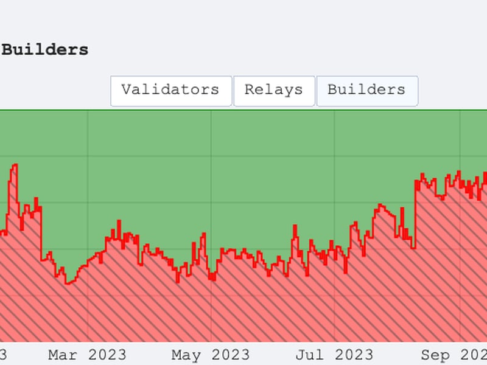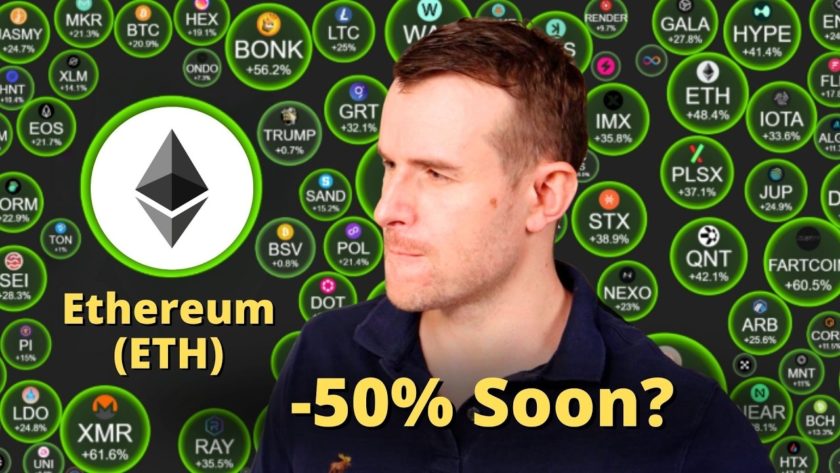This large percentage resulted, in part, from the fact that a small number of relayers were available in MEV-Boost’s early days, and the most popular ones were filtering out OFAC transactions. After a blowback from the Ethereum community, several “non-censoring” relayers entered the MEV-Boost fray, and it looked like the tide was turning back in favor of network neutrality. Today, only 30% of relayed blocks are “censored,” by Wahrstätter’s definition.
Fewer Transactions Sanctioned by U.S. Government’s OFAC Are Getting Through on Ethereum, Data Shows



